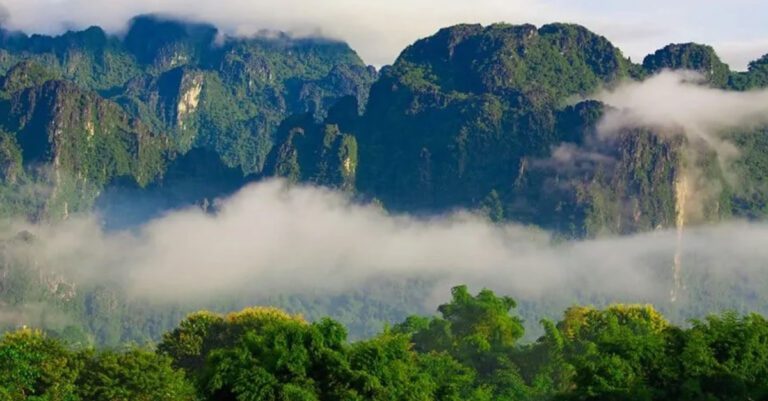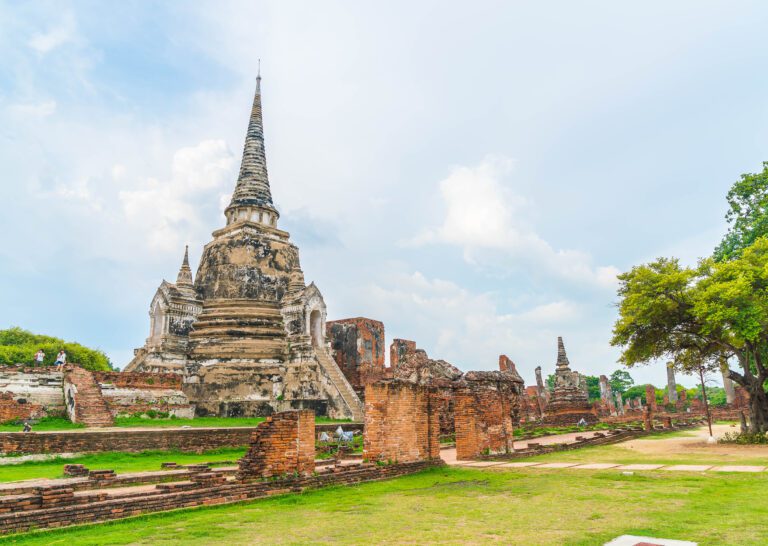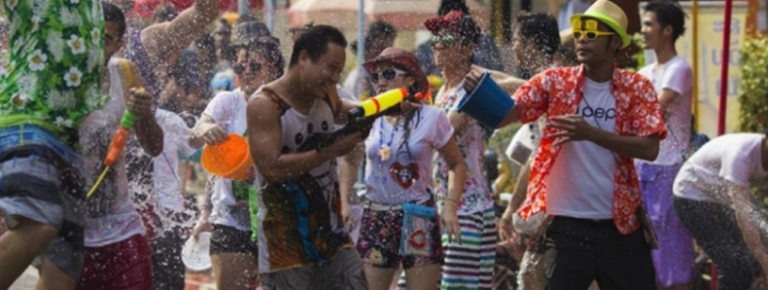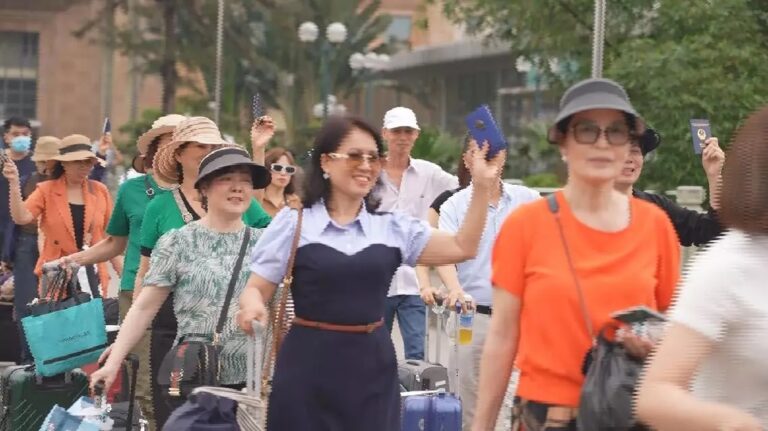
Image by Quân Trần from Pixabay
While the Ha Giang Loop and its hairpin turns remain top-of-mind for many visitors to its namesake northern Viet Nam province, Community-Based Tourism (CBT) is attracting a growing following for tourists who want to explore a more authentic community experience, far from the beaten path.
The Dong Van Karst Plateau covers an area of 2,356 square kilometers – its four districts of Dong Van, Yen Minh, Meo Vac and Quan Ba are located some 1,600 meters above sea level, and are home to 19 ethnic minority groups, including the Hmong, Dao, Tay, Giay, Nung, and Lo Lo.
Cultural villages devoted to these groups are scattered throughout the Karst Plateau and neighboring districts. Each village which shines a spotlight on the local culture and invites participation from visitors.
Nam Dam Cultural Village, for instance, is home to the Dao ethnic community; some 60 households live in Nam Dam’s iconic “nha Trinh tuong”, or houses with rammed earth walls. Located about 45 km from Ha Giang City, Nam Dam is now a testbed for community-based tourism, with over 40 households now offering homestay experiences for visitors.
The Dao are well-known for their mastery of herbal medicine, which tourists can experience as a relaxing herbal bath. You can sit in a wooden tub, relaxing in warm water infused with herbal extracts, and contemplate the scenery with beer in hand.
To visit the White Hmong people, it’s off to Lung Cam Cultural Village with you: a much older settlement whose mossy century-old houses are clustered in the midst of Ha Giang’s Sung La Valley.
A highlight of this village stands in the middle of town: “Pao’s House”, once home to an aristocratic family and famous as the setting for the 2006 movie “Chuyen Cua Pao” (Pao’s Story). Visitors can reach its upper levels by ladder, where they can look over the central atrium and better appreciate the aged infrastructure’s practical design.
Another old-time town is the namesake for the whole plateau: the Dong Van Old Quarter takes its charm from about 40-odd houses that have been preserved from French colonial times. Many of these structures have found new purpose as shops and restaurants to welcome the tourist trade.

Image courtesy of Eshlee2019 (CC BY-SA 4.0 DEED)
No single ethnic community dominates the Dong Van Old Quarter – as an old market town, it has always welcomed a mix of all comers, from Hmong to Hoa (Chinese) to the French. Sunday is market day in Dong Van, where Dao Hmong, Lo Lo, Tay and Nung traders come down from their respective villages to trade.
Any of these cultural villages will serve as a launchpad to secret local adventures – your homestay hosts will be happy to lead you to local markets, waterfalls, hiking trails, and dining experiences that reflect the best of the area.
Community-based tourism has also brought a variety of benefits to these villages. By adopting practices prescribed by the Viet Nam National Authority of Tourism (VNAT) and partner NGOs, villages like Nam Dam enjoy increased revenues, improved infrastructure and greater societal cohesion, as seen in a recent paper published in the American Research Journal of Humanities Social Science (ARJHSS).
These cultural villages, though not on the usual tourist trail, present an enriching experience. The journey to reach them, while requiring a bit of effort, is well worth it for the unique insights and mutual benefits it brings to both visitors and hosts.





